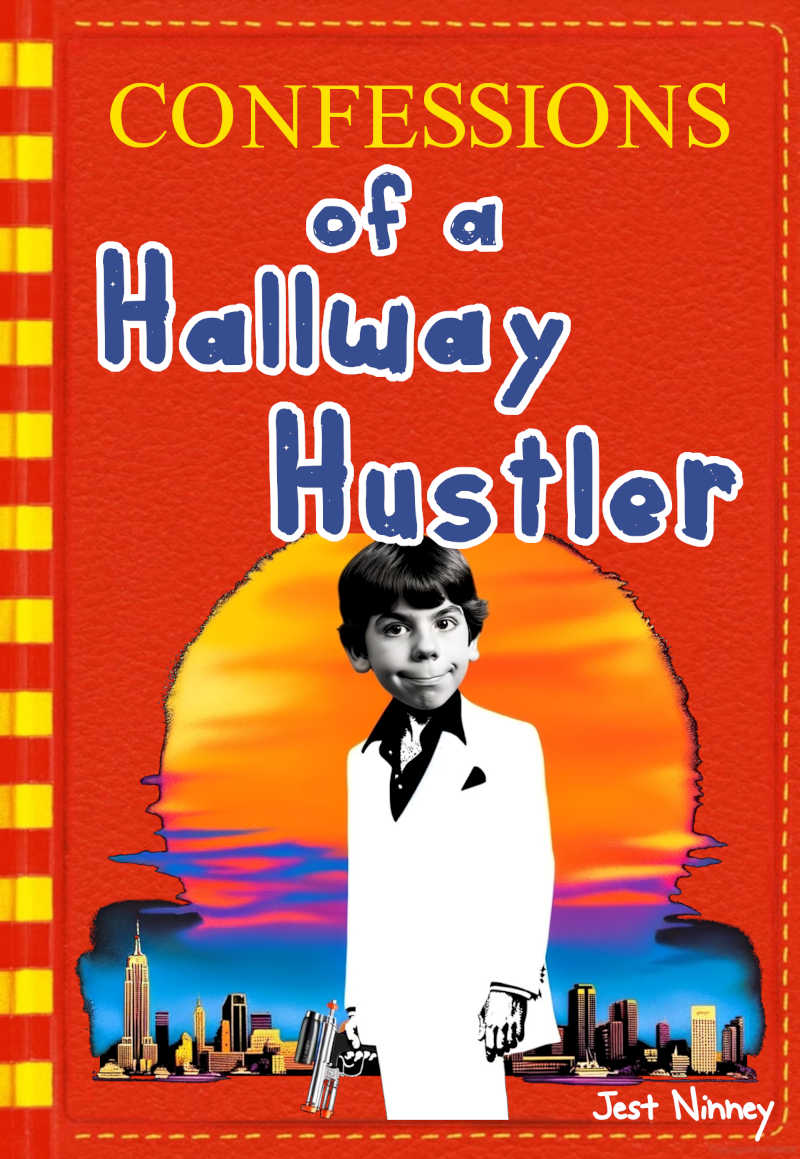“A Black Lady Sketch Show” is a groundbreaking comedy series featuring a core cast of black women who create and perform a variety of comedic sketches. The show is known for its sharp wit, cultural commentary, and the way it uses parody to tackle topics from a unique perspective.
Here are five examples of how the show uses parody:
“Bad Bitch Support Group”
In the sketch “Bad Bitch Support Group,” the show parodies the societal pressures on women to maintain an image of perfection and high standards of beauty at all times. The sketch features a group of women lamenting the difficulties of upholding the “bad bitch” standard, which includes wearing uncomfortable clothing and engaging in tiresome beauty routines. The parody works by exaggerating the lengths to which women go to fit this mold, with one character even revealing she has a “hoof” from wearing high heels.
The target is the unrealistic beauty standards perpetuated by media and society.
The implied criticism is that the pressure to be a “bad bitch” is not only absurd but also dehumanizing and exhausting for women who feel they must conform to this ideal.
“Get the Belt”
“Get the Belt” parodies the genre of dance movies like “Step Up” and “Save the Last Dance.” The sketch shows a dance battle where the protagonist’s moves are not traditional dance but rather a series of actions mimicking a father disciplining his child, such as taking off a belt. The parody works by contrasting the expected intricate dance routines with exaggerated disciplinary actions, which are humorously received with awe by the onlookers.
The target is the formulaic nature of dance battle movies and their often-predictable underdog storylines.
The implied criticism is that the dance movie genre can be repetitive and lacks originality, relying on clichés rather than substance.
“The Basic Ball”
“The Basic Ball” is a parody of the ball culture, famously documented in the film “Paris Is Burning” and the series “Pose.” Instead of celebrating the extravagant and flamboyant nature of ball culture, this sketch introduces categories for everyday, mundane people and behaviors, such as “Clinical Depression” or “Awkward in the Body.” The parody works by taking the vibrant ballroom scene and applying it to the most basic and unremarkable aspects of life.
The target is the exclusivity and sometimes elitist nature of certain subcultures.
The implied criticism is that while subcultures can provide a sense of belonging, they can also inadvertently create new standards and exclusions, even within marginalized communities.
“Courtroom Kiki”
“Courtoom Kiki” parodies the legal drama genre. Instead of a tense courtroom battle, the sketch presents a courtroom where the judge and attorneys engage in a “kiki,” a term used in ball culture to describe a gathering where people gossip and share stories. The parody works by subverting the serious atmosphere of courtroom dramas with frivolous and gossipy behavior.
The target is the often overly-dramatic portrayal of the legal process in entertainment media.
The implied criticism is that legal dramas can distort the public’s understanding of the justice system, focusing more on entertainment than the often mundane reality of legal proceedings.
“Rome and Julissa”
“Rome and Julissa” parodies the classic tale of “Romeo and Juliet” with a modern twist. Instead of star-crossed lovers from feuding families, it features a couple from rival street gangs who communicate via social media and text. The parody works by juxtaposing Shakespearean themes with contemporary urban culture and technology.
The target is both the romanticization of gang culture and the trivialization of classic literature when adapted to modern settings.
The implied criticism is that modern adaptations can sometimes miss the depth and nuance of the original works, reducing them to their most basic elements and losing much in translation.

